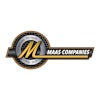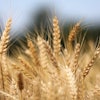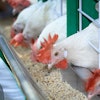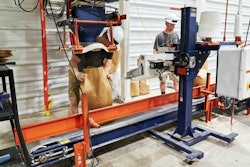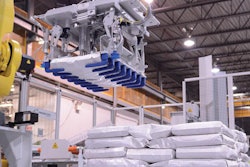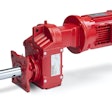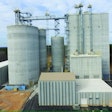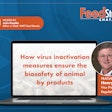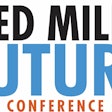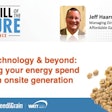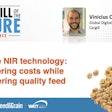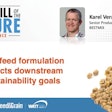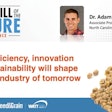
Human-grade ingredients are popular with consumers and pet lovers, but would pose challenges for feed mills
Should dogs eat what humans do? A growing segment of consumers say yes, they should. Could this pet food trend trickle down to impact animal feed production? And, with it, what opportunities and challenges would it create within the animal feed sector?
Consumer demand for human-grade ingredients, especially in dog and cat food, appears to be the latest frontier in the ongoing humanization of animal companions, according to Sean Delaney, a veterinary nutritionist and founder ofBalance ITonline formulation software for veterinarians. But there is also anxiety among consumers that traditional pet food products may not be safe for their animals.
Online, consumer-facing blogs and posts by influencers are rife withclaimsthat conventional pet food products contain meat from diseased animals, dead zoo animals and even euthanized pets. Some consumers have also expressed skepticism of pet foods containing animal byproducts,dismissing themas “junk” and “cheap, poor-quality ingredients.”
经过数年的制造商提供riety of products under the term “human grade,” The Association of American Feed Control Officials (AAFCO) established a formal requirement to use the label in 2016. To meetthis definition, every ingredient included in a product, as well as the resulting product itself, must be stored, processed and transported according to the same federal laws and regulations that govern human food.
What’s good for pet food is not good for feed
This definition has brought clarity for consumers, pet food producers, and even researchers looking to validate claims about the supposed superiority of human-grade animal food. And whileTufts Universitynotes that the human-grade designation doesn’t guarantee that a product is nutritionally superior or even adequate, there is some emerging evidence that these human-grade products may indeed offer health benefits for the animals that consume them.
“The human-grade designation doesn’t guarantee that a product is nutritionally superior or even adequate, there is some emerging evidence that these human-grade products may indeed offer health benefits for the animals that consume them.”
Researchhas shown that human-grade pet foods are more easily digested and produce a lower stool volume in dogs, according toKelly Swanson, a professor of animal and nutritional sciences at theUniversity of Illinois Urbana-Champaign. Of course, these benefits vary depending on the overall content of the pet’s diet, and there are potential drawbacks — especially the increased cost, and potential competition with resources needed to feed humans.
The tradeoffs can make sense for pet food manufacturers.
“There are consumers in all market levels of pet food, with the human-grade category growing rapidly,” Swanson said. “Given the sales data, this is clearly a segment of interest to pet parents. It still makes up a small percentage of the market, but is one that is worthwhile for those that can adhere to the human-grade rules and regulations.”
Are feed producers free of this pressure?
Given the expense involved, it’s unlikely the inclusion of human-grade ingredients will pay off in animal feeds not intended for pets, Swanson said.
Unless 100% of the ingredients in a diet were human-grade, the feed would not be allowed to use the label, eliminating the potential marketing benefit, Delaney said. And “unless there was a specification that could not be met with a feed-grade ingredient, it’s unlikely that there would be a benefit to use a food-grade ingredient instead of an available feed-grade ingredient,” he said.
这可能带来挑战manuf的工厂acture multiple product lines. If human-grade products are allowed to mingle with ingredients that do not meet these standards, they may be considered contaminated and, thus, no longer meet the human-grade criteria. In many cases, this may require entirely separate facilities.
“Manufacturers would need to invest in a facility dedicated to human-grade food and follow all rules and regulations that apply,” Swanson said. “To avoid mixing of ingredients that are and are not human grade, human-grade foods cannot be manufactured in typical pet food facilities.”
Announcing the Feed Mill of the Future digital supplement
WATT’s feed brands Feed Strategy and Feed & Grain magazines join forces to launch the monthly Feed Mill of the Future digital supplement. Each edition aims to provide animal feed industry stakeholders with forward-looking content, market insights and a spotlight on the leading-edge technologies shaping the global feed industry of tomorrow.
Subscribe today!https://bit.ly/3dWzow7

